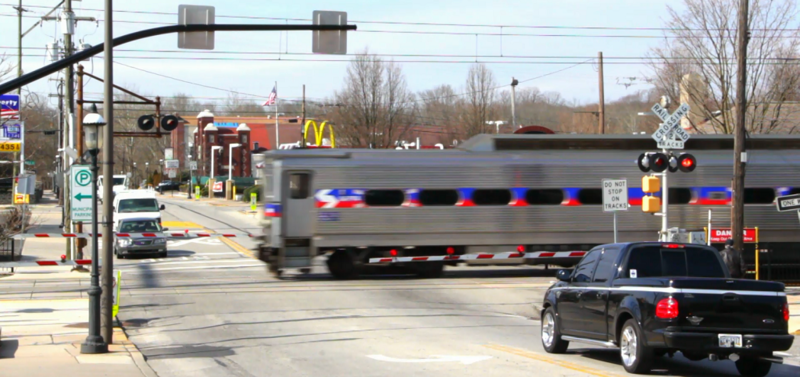Prototype description
Published: 2020-11-21 - By: Alain LM
Last updated on: 2020-11-21
Last updated on: 2020-11-21
visibility: Public

We have just rationalized the usage of two Prototype fields that you will find on the various model train databases (N, Z and HO, to date).
The first one Prototype Type is the main field to be used at all times, where possible. It is a dropdown list that will show all existing prototypes defined in the Vehicle database. This must be your first choice and you should stop here if the prototype is matching your model. This is definitely our preferred option and if a prototype is missing, you can easily create it by yourself (just ask the permit to access the Vehicle database).
However, we recognize that creating a new Vehicle entry every time that there is a variation can be cumbersome. So there is a second Prototype field that is a free text field. It should be used if and only if the description provided in Prototype Type is not accurate enough, or if you could really not find a matching prototype. This is a free text field, but we are asking you to use it only in the two cases described above.
In these cases, use a comma-separated list, in the same style as the prototype description. Use the information that is entered into the "Item Category", "Model Type", "Model Subtype", and "Model Variety" fields to form this list, possibly shortening it to make it readable.
Note that a number of entries in the model train databases do not fit at all with the concept of Vehicle, for instance the structures or buildings, so this is also another reason to use the free text Prototype field. In such case, just use the Prototype field , and leave the Prototype Type field empty.
Note that Prototype will always supersede Prototype Type field for display in the item description and in index table pages, so be sure to use it appropriately!
But using both fields can be beneficial however. Selecting a Prototype Type from the Vehicle database will display a description of the Vehicle entry in the lower part, and Prototype will provide an accurate description of the prototype for this item. For instance Passenger Car, Lightweight, Pullman, Semi-Corrugated provides interesting information about this type of car, but is not specific enough, whereas specifying Passenger Car, Pullman, Semi-Corrugated, Coach as Prototype (free text) will bring additional information.
The first one Prototype Type is the main field to be used at all times, where possible. It is a dropdown list that will show all existing prototypes defined in the Vehicle database. This must be your first choice and you should stop here if the prototype is matching your model. This is definitely our preferred option and if a prototype is missing, you can easily create it by yourself (just ask the permit to access the Vehicle database).
However, we recognize that creating a new Vehicle entry every time that there is a variation can be cumbersome. So there is a second Prototype field that is a free text field. It should be used if and only if the description provided in Prototype Type is not accurate enough, or if you could really not find a matching prototype. This is a free text field, but we are asking you to use it only in the two cases described above.
In these cases, use a comma-separated list, in the same style as the prototype description. Use the information that is entered into the "Item Category", "Model Type", "Model Subtype", and "Model Variety" fields to form this list, possibly shortening it to make it readable.
Note that a number of entries in the model train databases do not fit at all with the concept of Vehicle, for instance the structures or buildings, so this is also another reason to use the free text Prototype field. In such case, just use the Prototype field , and leave the Prototype Type field empty.
Note that Prototype will always supersede Prototype Type field for display in the item description and in index table pages, so be sure to use it appropriately!
But using both fields can be beneficial however. Selecting a Prototype Type from the Vehicle database will display a description of the Vehicle entry in the lower part, and Prototype will provide an accurate description of the prototype for this item. For instance Passenger Car, Lightweight, Pullman, Semi-Corrugated provides interesting information about this type of car, but is not specific enough, whereas specifying Passenger Car, Pullman, Semi-Corrugated, Coach as Prototype (free text) will bring additional information.

